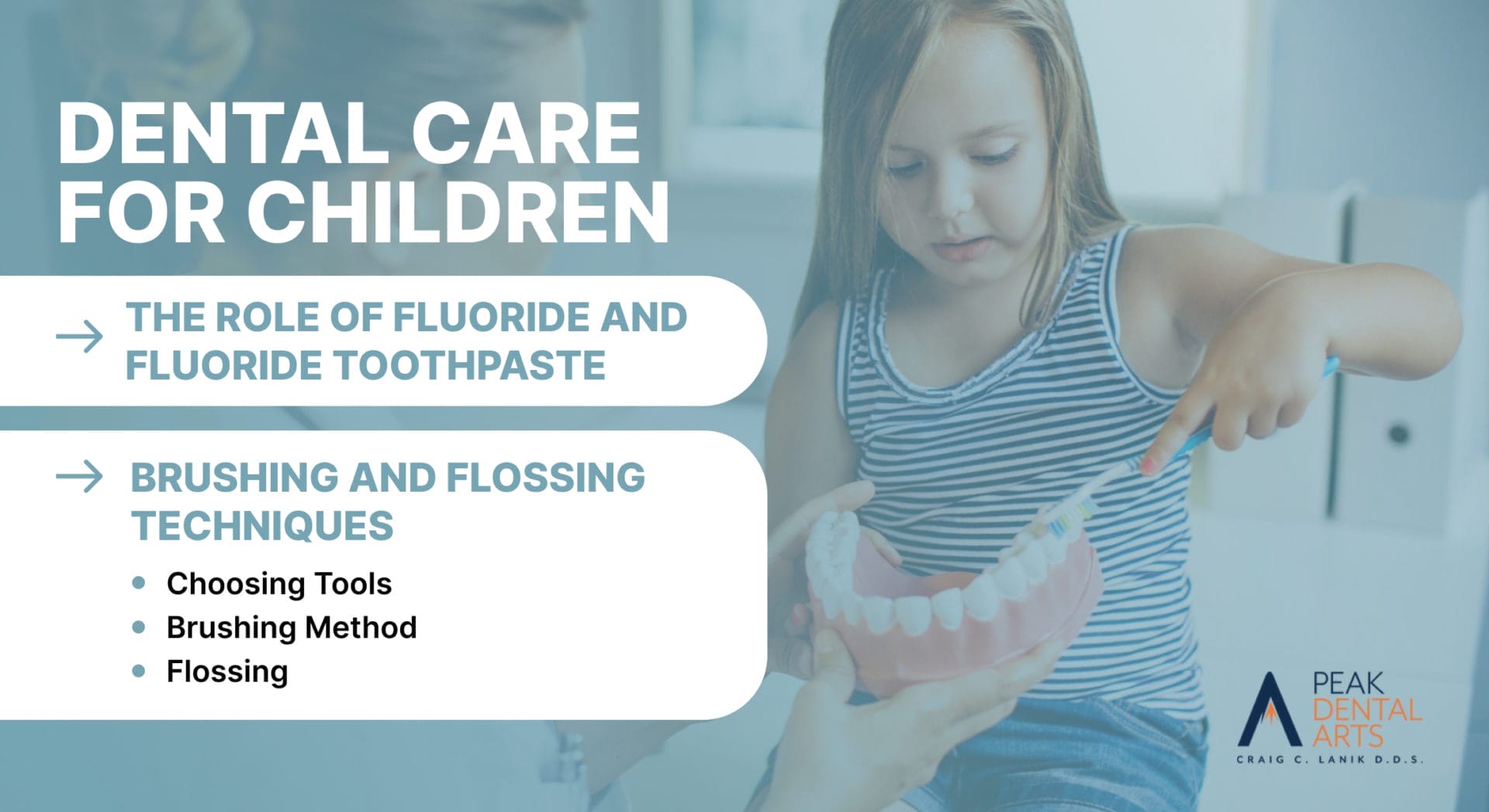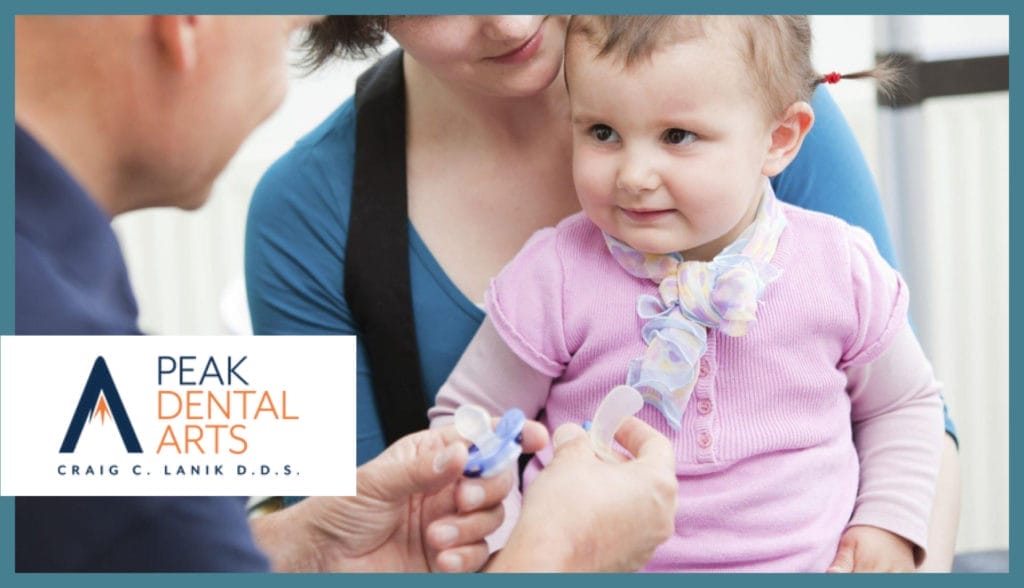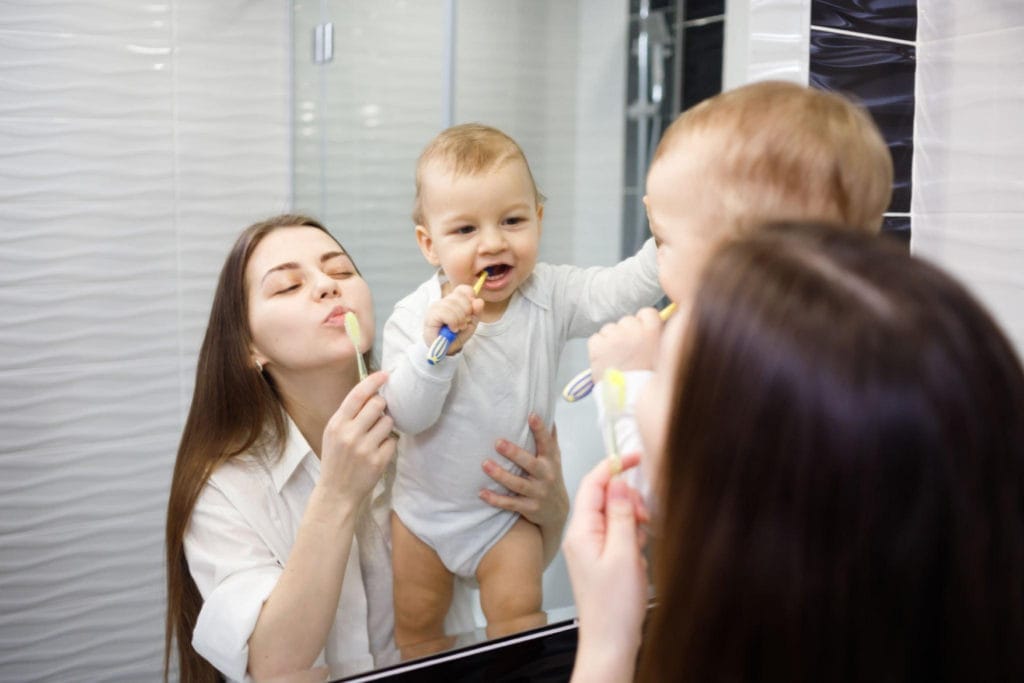The emergence of those first delicate baby teeth in your child’s mouth marks a significant milestone.
Transitioning from gummy smiles to ones adorned with petite pearly whites often leaves parents pondering, “What’s the next step?”
Read on to equip yourself with the knowledge and practices essential for maintaining your child’s dental health.

The Foundations of Dental Care for Children
In addition to finding a top-rated pediatric dentist, understanding the basics is crucial to keeping those youthful grins radiant.
The Role of Fluoride and Fluoride Toothpaste
Fluoride, an essential component for maintaining tooth enamel, often holds a superhero status in children’s oral health. It’s akin to a secret weapon, fortifying those tiny chompers against potential threats.
- Benefits: Regular fluoride intake combats tooth decay and offers an added layer of protection.
- Sources: Commonly found in everyday drinking water and toothpaste. Some regions even fortify their water supply with fluoride for added dental benefits.
While fluoride is beneficial, too much fluoride intake can lead to dental complications.
So, when brushing, a pea-sized dab of toothpaste suffices.
Lastly, ensure your child spits it out post-brushing to prevent overconsumption.
Brushing and Flossing Techniques
- Choosing Tools: Opt for a toothbrush with soft bristles suitable for their age. A pea-sized amount of fluoride toothpaste is ideal.
- Brushing Method: Employ gentle circular motions, ensuring all areas, especially the back molars, are covered.
- Flossing: Proper flossing techniques target elusive spots where food remnants might lurk between teeth. If your child is hesitant, consider child-friendly flossers. Incorporating fun elements, like playing their favorite song during flossing, can make the process enjoyable, too.

Common Dental Issues in Children
Along the way, you might encounter unexpected hurdles, such as prevalent dental issues.
Fortunately, these challenges become manageable if you’re armed with the proper knowledge and a proactive approach.
Let’s explore the common dental concerns that may surface and the best strategies to address them effectively.
Cavities and Tooth Decay
Cavities, sometimes resulting from baby bottle tooth decay, are a prevalent concern in children’s dental health.
Sugary and starchy foods, when left on the teeth, can attract bacteria, leading to acid production that weakens the enamel and potentially causes gum disease.
- Preventive Measures: Prioritize a balanced diet, minimize sugar intake, and ensure regular brushing and flossing.
- Interventions: There’s no cause for alarm if a cavity does appear. Modern dentistry offers solutions like fillings or crowns to restore dental health. Emergency dental appointments and check-ups can help in early detection and intervention, preventing further complications.
Diet and Dental Health
Certain foods can be incredibly beneficial for dental health. Foods like crunchy vegetables and cheese and those rich in calcium and phosphorus play a pivotal role in strengthening teeth.
Conversely, sugary snacks and beverages can be detrimental, as they linger on the teeth, attracting bacteria and leading to potential dental issues.
- Recommendations: Limit sugary foods and drinks, opting instead for healthier alternatives. Encouraging water intake after sugary treats can also be beneficial. A few dietary adjustments can set the stage for optimal dental health.
Mouth Safety and Protection
Dental protection, like sealants, is paramount for children in sports or recreational activities. Mouthguards act as invaluable shields, safeguarding teeth from potential injuries.
- Safety Measures: Apart from mouth guards, discourage children from chewing on hard objects like ice or pencils. Helmets are indispensable for activities like cycling or skateboarding. Prioritizing safety can significantly reduce the risk of dental injuries.

The Journey from Baby Teeth to Permanent Teeth
Loose teeth or newfound spaces in your child’s endearing smile are the hallmarks of transitioning from baby teeth to their permanent counterparts.
Children typically begin to lose their primary teeth around the age of 6, paving the way for the emergence of adult teeth. By adolescence, most of these permanent teeth have comfortably taken their place.
However, a word of caution: the arrival of these new teeth can sometimes present alignment challenges.
If you notice them appearing crowded or misaligned, visit Dr. Craig Lanik for a consultation immediately.

Additional Dental Considerations
You’ve successfully navigated the basics of children’s dental care, but there’s more to uncover.
Beyond the typical concerns like cavities and the transition of teeth, some subtler aspects deserve attention.
To ensure a holistic approach to your child’s budding dental health, let’s dive into these.
Thumb Sucking and Pacifier Use
Many children find comfort in thumb-sucking or using a pacifier, especially at a young age.
While these habits are natural, extended dependence can influence the dental alignment and the formation of the mouth’s roof.
However, there’s no immediate cause for concern.
- Strategies for Transition: A phased approach to weaning is recommended. Tactics such as introducing distractions, providing positive reinforcement, or setting specific times for these habits can prove beneficial.
- Individual Differences: It’s essential to remember that each child’s journey is unique. Some may need guidance, while others naturally move away from these habits. The shift can be seamless with a blend of patience and strategic interventions.
The Importance of Regular Dental Visits
Dental exams and cleanings can become anticipated events rather than daunting appointments by fostering a positive environment and being well-prepared.
- Purpose of Visits: Going to the dentist for regular check-ups is more than spotting cavities. Dental and craniofacial research shows that regular check-ups or visiting a cosmetic dentist are essential for your child’s oral health. So, schedule dental check-ups every six months.
- Preparation Tips: To make going to the dentist a positive experience, talking to your child about what to expect, especially when they need to brush their teeth with an infant toothbrush, is a good idea. Knowing how often your teeth should be cleaned and performing role-playing scenarios, such as simulating a dental visit at home, can help ease dental anxiety, too.
Final Words
Each stage of your child’s dental development –– from addressing cavities to perfecting brushing methods –– holds significant importance.
Remember, caring for your child’s teeth doesn’t only result in having good dental health. Healthy teeth also provide self-assurance and instill proper dental health practices, like proper brushing, in your child.
For further guidance on how to care for your child’s oral health, contact Peak Dental Arts today.

